Up Next

This was a race all about what might have been.
What we actually got – a Lewis Hamilton-led Mercedes 1-2, tailed at a close but ultimately unthreatening distance by Max Verstappen’s Red Bull – was nothing like as fruity as what almost played out. If Red Bull only but knew it at the time, its choice of the higher downforce of its two rear wings may well have cost it a rare opportunity of defeating Mercedes.
On Friday morning both teams did back-to-backs with each of their wings. Both ultimately opted for their bigger ones. Red Bull made its choice for all the right, logical reasons. Although the laptime with the lower wing was slightly faster (so its deficit in the high-speed curves of Spa’s middle sector was more than made up for by the speed down the straights of sectors 1 and 3), the forecast for Sunday was rain and a lower-downforce wing in the rain would have been hopeless.
But we didn’t get rain.
Red Bull wasn’t to know this, just as it wasn’t to know that in the dry the higher-downforce wing would actually work the tyres too hard through Rivage, Pouhon, Fagnes and Campus, those long, high-speed sweeps that bring the cars down through the ancient wooded valley.
What Red Bull also wasn’t to know was that if it had gone for super-low downforce, Mercedes would likely have reluctantly chosen its lower-downforce wing in response and was very relieved it didn’t have to.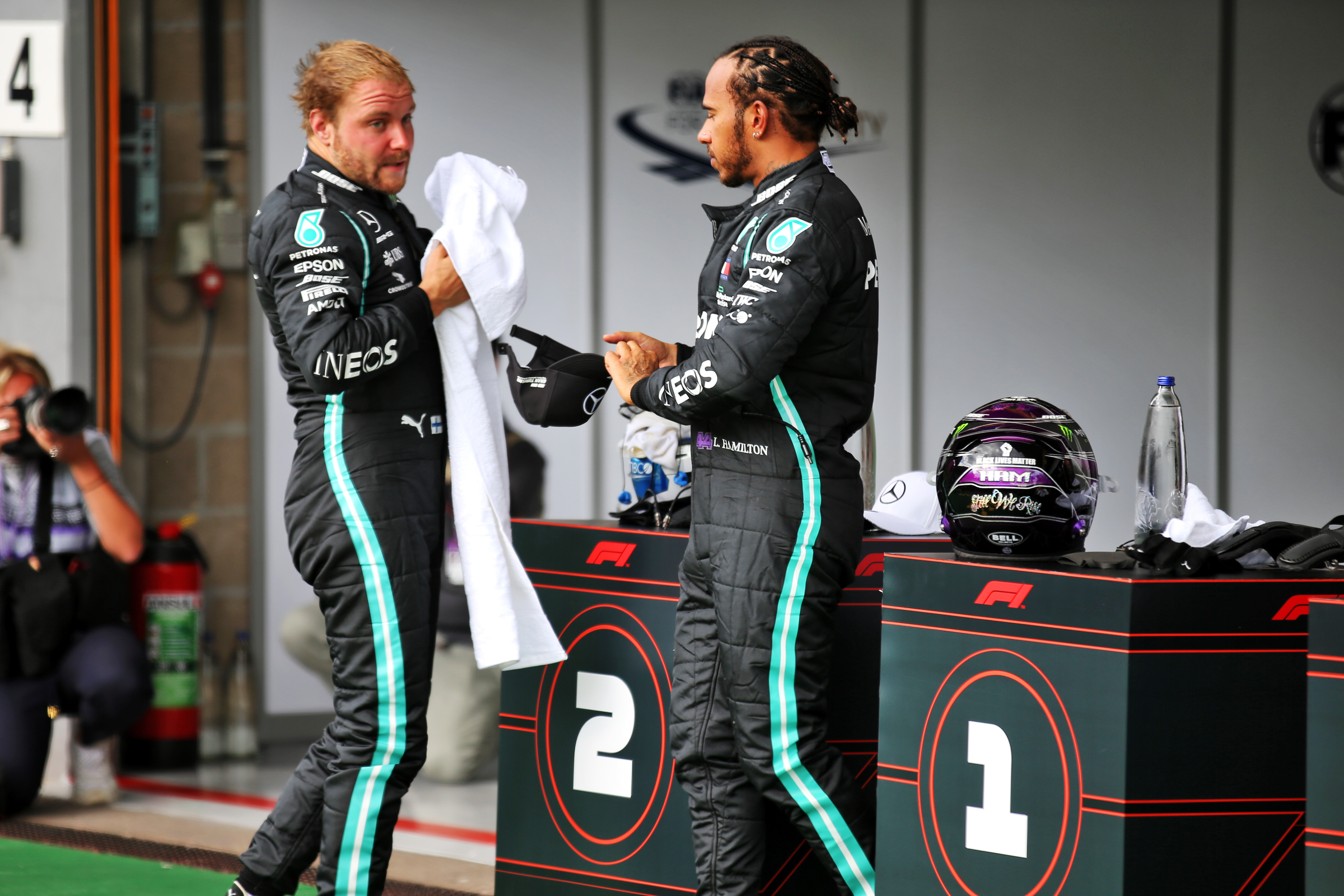
By its own super-high standards, the Mercedes W11 was not great on the smaller rear wing. But if Red Bull had gone that way, it would have been obliged to follow because the end-of-straight speed difference would have been too great otherwise. They would have been way too vulnerable to a trimmed-out Red Bull at the end of Kemmel Straight into Les Combes. Perhaps they’d still have qualified on pole, given that Hamilton’s margin was over 0.5s with both cars on the higher wing.
But perhaps Verstappen might have snatched the front row, given that he only fell 0.015s short of Valtteri Bottas as it was. From there, even if he’d not slipstreamed into the lead on the first lap, he may well have found himself in a car that was genuinely quicker in race mode than the Mercedes.
The Mercedes was at its best on the high wing. The Red Bull was at its worst. And even then, it was almost as quick.
With both on the low wings… ifs and buts. Intriguing all the same.
As it was, that crucial first charge down the hill through Eau Rouge, up the hill and down the Kemmel straight at 300+km/h meant the two Mercedes formed a defensive blockage that the Red Bull didn’t have the straightline speed to pierce. This should also have been Bottas’ best opportunity of taking the lead, but Hamilton denied him that – perhaps deliberately, maybe not. He got a snap of oversteer as they exited La Source seconds after the start, compromising his speed down the hill.
That effectively bunched Bottas right up behind him, preventing him from having space to time a slipstreaming run down the hill and onto Kemmel. Hamilton gives a great deal of thought to details such as this and it was clear from what he was saying even on Friday and Saturday that he was very aware of how vulnerable you are on the first lap here if you exit La Source in the lead.
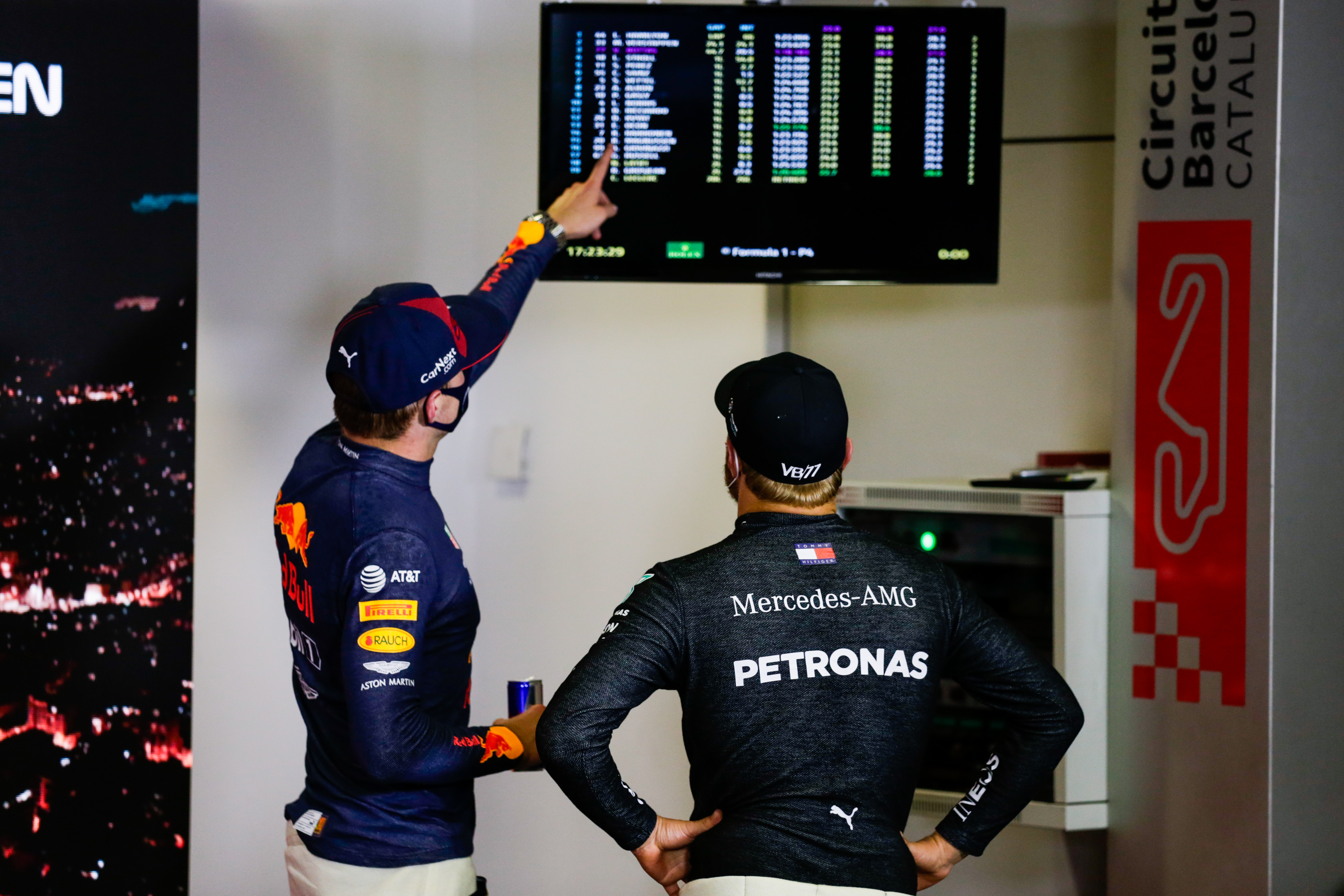
“I think Lewis played it pretty well that he wasn’t too fast out of Turn 1,” is how Bottas phrased it, “and I couldn’t really get momentum behind him.”
So Hamilton headed into Les Combes safely still at the front, ready to express his greater speed through the middle sector, perfect Hamilton territory. He was already out of Bottas’ DRS zone by the end of the first lap.
Far from being able to slipstream the Mercs up to Les Combes, Verstappen had his hands full fending off the rocket-like Renault of Daniel Ricciardo. The RS20, just like its predecessor, is in its very sweet spot on low-downforce tracks. It wasn’t that Renault had opted for a super low downforce raceable set-up at the expense of outright lap time; this was the way it liked to be run.
For reasons no-one quite understands, the car just becomes a much better, more flowing machine, better-connected front-to-rear, when it’s able to run with a skinny wing, and yet it still retains reasonable corner speed.
Hamilton never hit the speed trap at the end of the Kemmel straight at anything faster than 307.3km/h. Verstappen’s best was 312.6. Ricciardo and Esteban Ocon each had their yellow perils travelling in excess of 320. So Ricciardo was all over Verstappen like a rash there on the first lap and got alongside and slightly ahead as they turned in together.
They race beautifully together, these two (Baku 2018 aside, obviously) and their judgement and racecraft was superb here. Verstappen hung on around the outside of the first part, allowing him to claim the inside for the left-hander, with Ricciardo going beyond the kerbs to give him room but at the same time allowing himself the momentum to get to the right-hander of Malmedy on the inside.
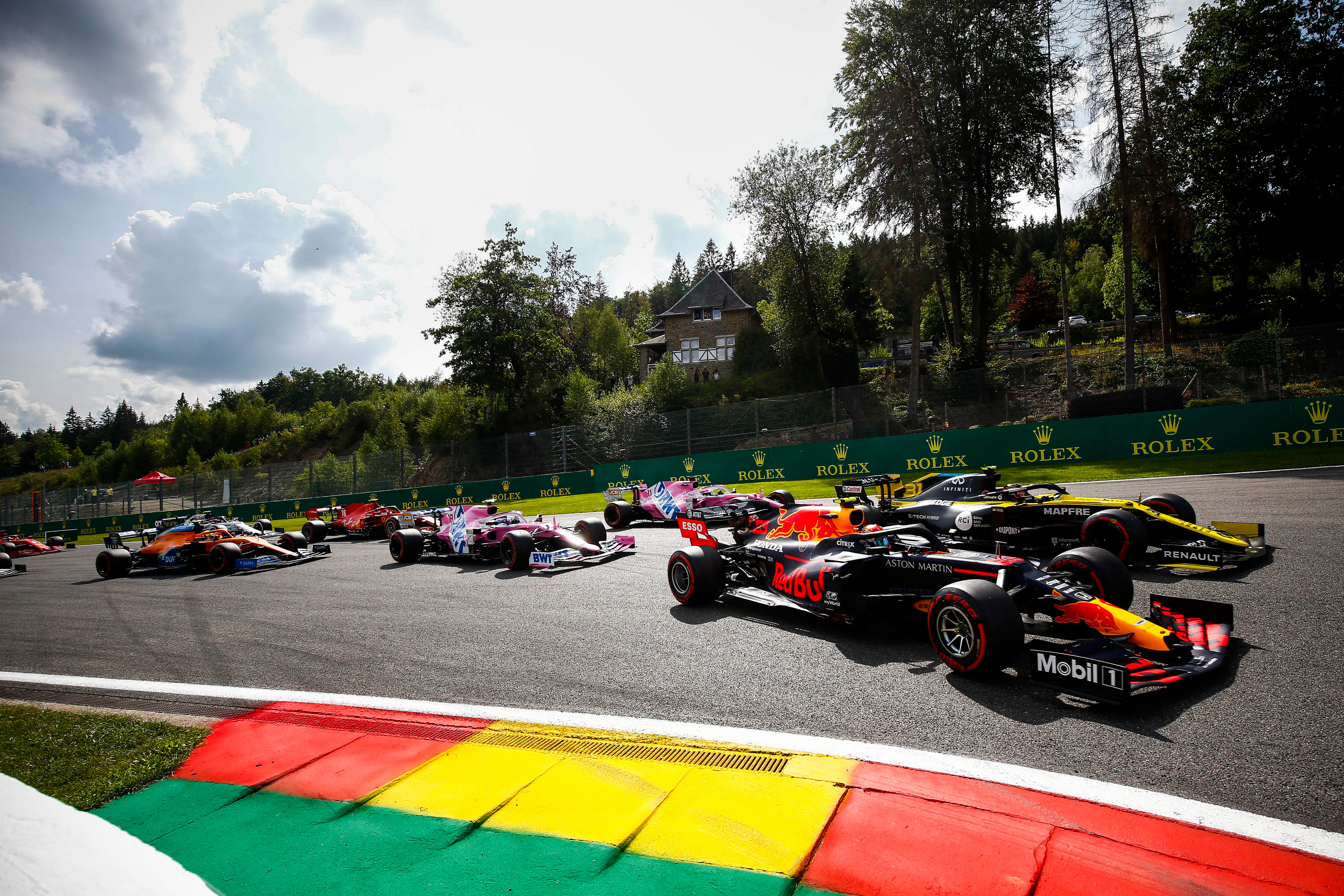
“I didn’t know where he was at this point,” said Verstappen. “I knew he was there somewhere but the only Renault I could see in my mirror was Ocon, so I ran wide out of there just to be sure. But looking at it afterwards, it was more than I needed to.” Their dice continued down the hill to Rivage before the Red Bull got definitively ahead.
From there the lead three spaced themselves out – and left Ricciardo behind. That looked to be that, given that the lead trio was on mediums and Daniel was the first of the soft-tyred cars that had filled out the remainder of the top 10. But there’d be more excitement to come here, a little later.
Ocon had got by Alex Albon’s Red Bull for fifth into the first turn, which was very unfortunate for Albon as his car was so far short of the Renault’s end-of-straight speed despite being potentially quicker over the lap. But he’d get to jump it for fifth place as everyone – apart from Pierre Gasly and Sergio Perez – rushed for the pits when the safety car came out for a heavy lap 10 accident involving Antonio Giovinazzi and George Russell.
The Alfa – chasing Sebastian Vettel’s Ferrari – had got out of shape on the exit of Fagnes and speared hard right into the barriers. A wheel was plucked off and bounced into the path of the Williams, which made hard contact and hit the barriers on the other side.
It made for a scary scene, but thankfully everyone was ok.
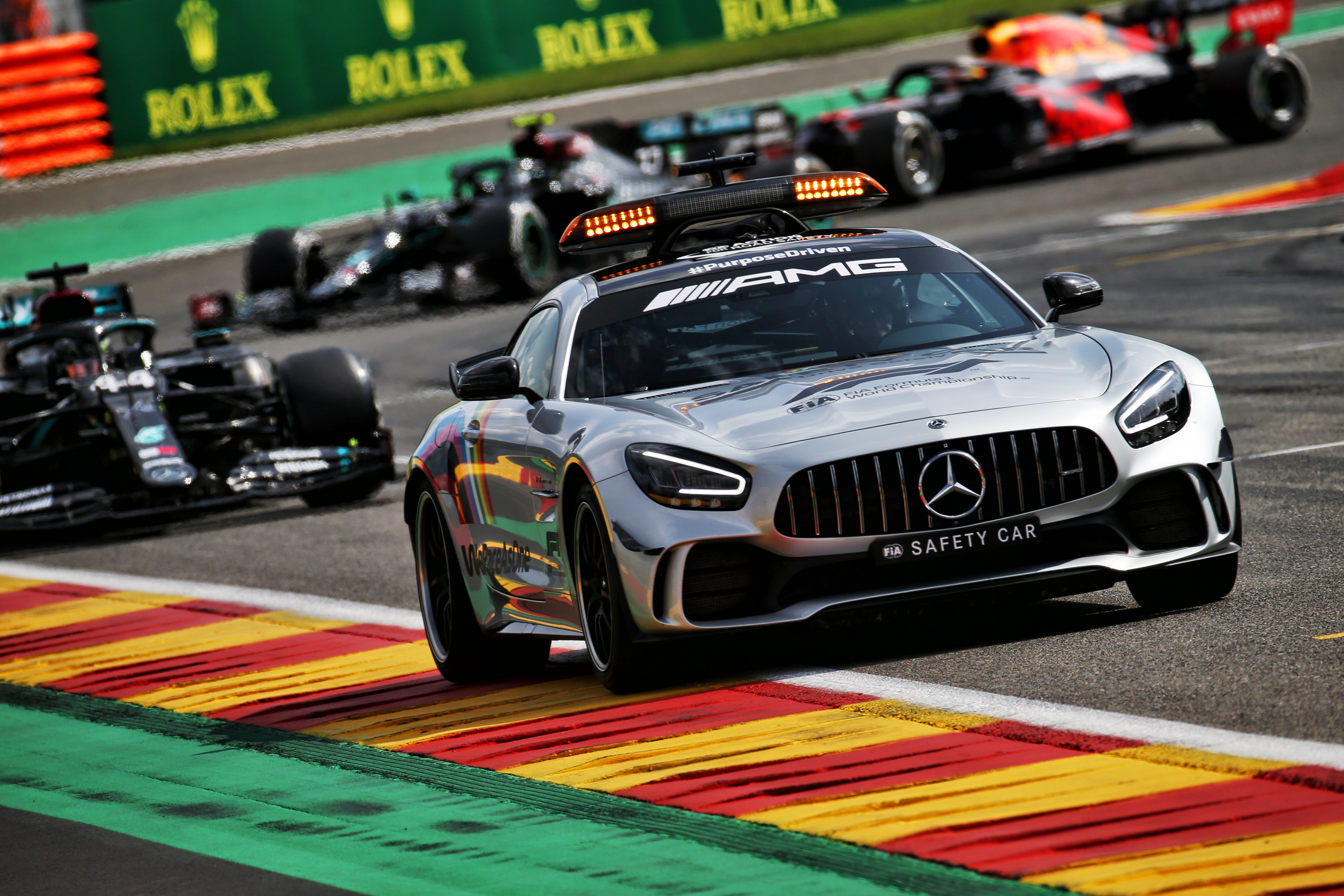
Hamilton’s gap over Bottas at this point – just over two seconds – was perfect in terms of being able to get him in, fitted with a set of hard tyres, and underway without Bottas having to be queued. Otherwise, Verstappen would have been able to jump Bottas. It was a crowded and impressively busy pitlane. Red Bull got Albon turned around super-quickly (he was uniquely fitted with mediums rather than hards) which, in combination with Ocon not having backed him up when the opportunity was there, got Albon out ahead.
Gasly and Perez stayed out. They’d been dicing hard from the start for eighth place behind Lance Stroll. Gasly had put an incredibly ballsy move on the Mexican on the run to Eau Rouge as Perez tried to squeeze him (shades of his dice with Ocon at the same place two years ago). There was barely an inch to spare between the support race pit wall on the right and the Racing Point’s wheels on the left at 180mph, but Gasly – who is driving superbly this season – wasn’t up for lifting.
Gasly had been the only one to start on long-duration hard tyres. As such, the safety car came at a really bad time for him. AlphaTauri therefore left him out there. Racing Point keeping Perez out was a more difficult decision to understand, as he was on soft tyres.
Hamilton headed the queue behind the safety car from Bottas, Verstappen, Gasly, Perez, Ricciardo, Albon, Ocon, Stroll and Lando Norris’ McLaren (Carlos Sainz’s sister car non-started after an engine problem caused an exhaust fire on the lap to the grid).
Ferrari? Vettel was 12th behind Daniil Kvyat but soon to be passed by Kimi Raikkonen’s Alfa! Leclerc, who made a great first lap but had rapidly fallen backwards and then suffered a very slow stop, was 14th, just about managing to keep in front of the Haas pair and Nicholas Latifi’s Williams.
Which left nearly everyone trying to get their hard tyres to last for the remaining 29 laps. There shouldn’t have been a problem with that.
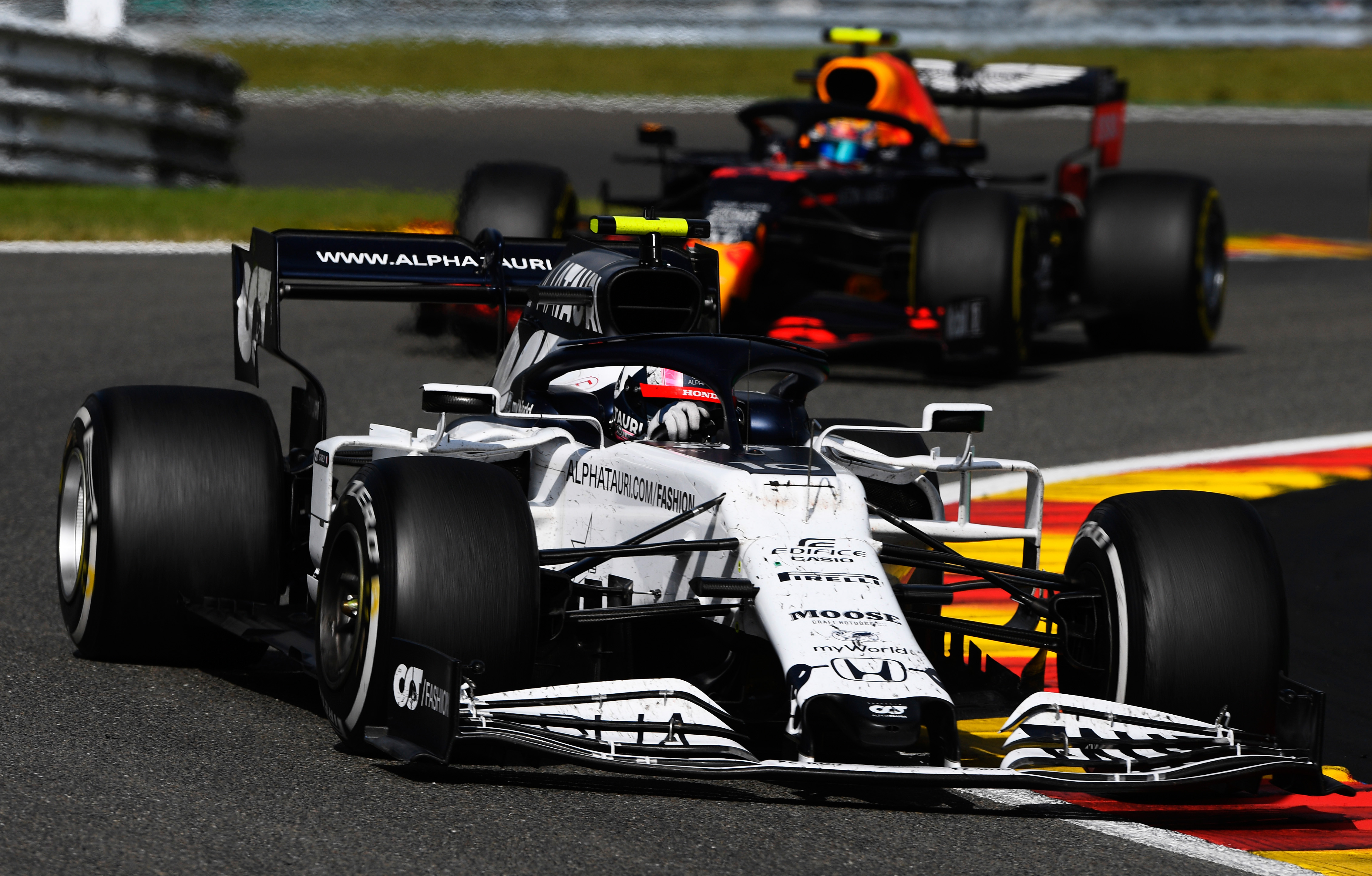
But there was a concern. The ghost of the British Grand Prix loitered on the pit wall at both Mercedes and Red Bull, especially after both Bottas and Verstappen began complaining of vibrations from their front tyres.
Within a few laps of the restart, Ricciardo and Albon had found their way by Perez and Gasly. Albon was harrying the Renault but Ricciardo had him covered, secure in the knowledge that even with the help of DRS the Red Bull simply couldn’t conjure the straightline speed needed to pass. So Albon was using up his medium tyres for no reward – and possible later penalty, for Ocon still hovered not far behind, once he too had fought past the starring Gasly on his old, hard tyres.
Perez was in just three laps after the restart and with so little field spread he rejoined a solid last. But on his fresh hards he caught the pack at a rapid rate and would soon enough be eating past the slow cars: the Williams, Haas, Alfa – and Ferraris… Desperate times for Maranello. Was it just a mirage last year when Leclerc dominated here and Monza and set all those poles? A mirage formed from fuel fumes?
Gasly stayed out until the 26th lap, late enough to get onto the faster medium tyre. He’d been undercut by Perez but was soon right with him as they came back through the field and would ultimately repass the Racing Point. There was a time when the AlphaTauri was the fastest car on track.
Yes, its tyres were 15 laps newer than those of the leaders and of a softer compound but still, it suggested there was a lot of pace management going on at the front. As did the fact that Ricciardo, from being 13 seconds behind Verstappen, was steadily taking chunks out of that gap. It wasn’t as if Max was dropping back from the Mercs, either.
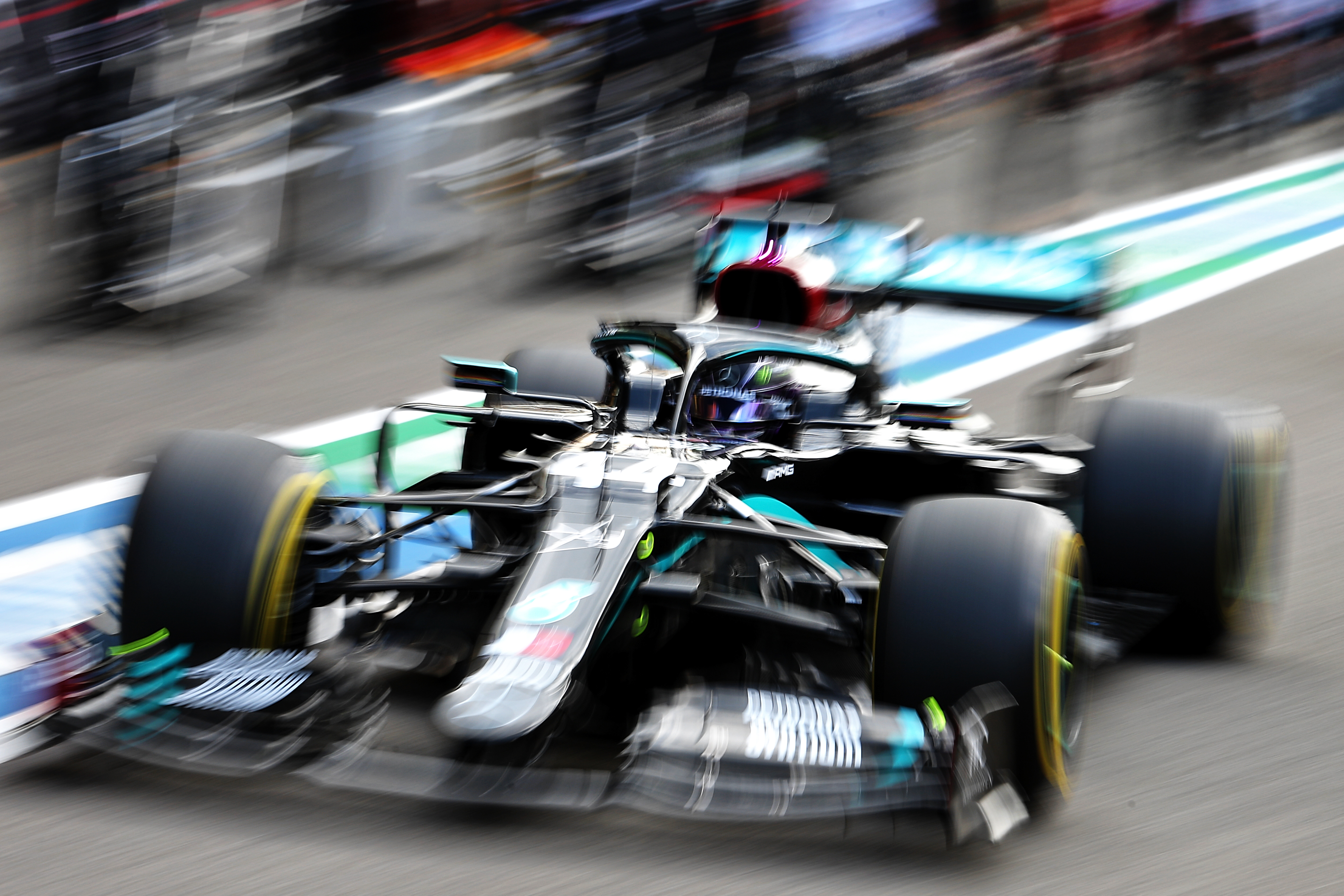
“Yes, out of the 44 laps I’d say I was managing the pace for about 38 of them,” said Verstappen later. “We were running out of rubber.” That higher-downforce set-up had overworked the tyres through sector two. They were wearing fast – as were those on both Mercs.
Had Red Bull converted to a two-stop, it may have placed pressure on Mercedes, which would have been forced to cover with at least one of its cars.
But that option was never there for Verstappen because Ricciardo was never more than a pitstop’s worth of gap behind – or anything like it. The concern was that rejoining behind the Renault, he’d be unable to pass because of the difference in terminal velocity. So the top three were locked into a tyre-saving stalemate, as Ricciardo chased them down.
“It’s a shame,” said Verstappen. “It’s such an amazing track and then you can’t really push. So, it was pretty boring, to be honest.”
“It’s a medium-high speed circuit so there’s a lot of force that goes through these tyres,” pointed out Hamilton, “and they allow us to do these one-stops and you lose so much time in the pit stops.”
“Besides the fact they let us do a one-stop, it’s also the cars,” continued Verstappen. “It’s so hard to follow. So that makes you really push for that one-stop.”
As they tip-toed their way around like this, Bottas staying out of turbulence range of Hamilton, Verstappen doing the same on Bottas, Ricciardo’s Renault was coming alive. So alive, they began thinking about the possibility of fastest lap.
“No,” team boss Cyril Abiteboul counselled. “How far off are we?” asked Daniel.
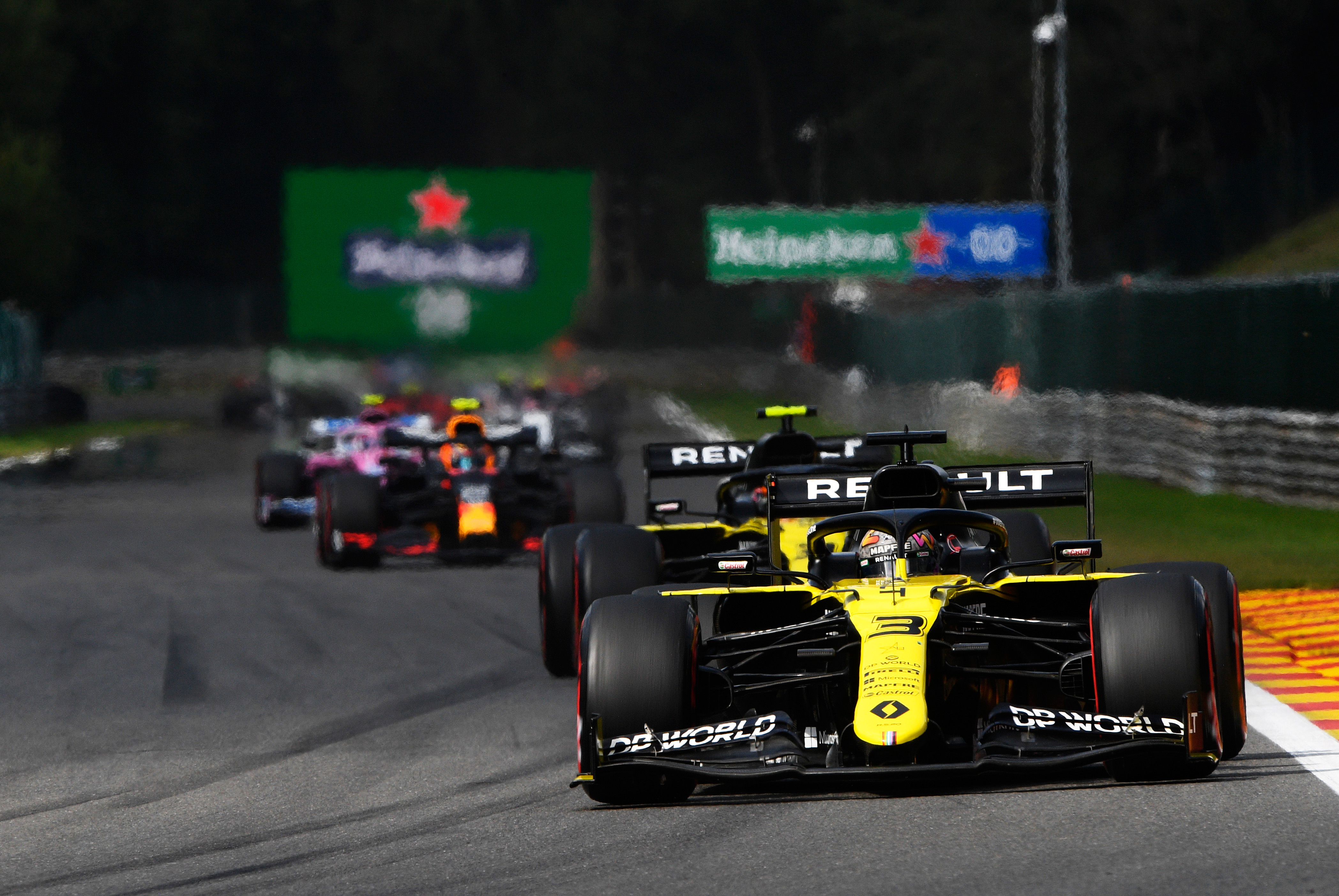
Ocon, meanwhile, was in similarly good shape and sensing blood from Albon whose tyres had given up the ghost, as Ricciardo disappeared off into the distance. Just behind them Stroll was coming under increasing attack from Norris, the McLaren going past for seventh and followed through on the penultimate lap by Gasly. Ocon made the move on Albon stick on the very last lap.
Meanwhile, Ricciardo was throwing caution to the wind. “I knew we were about half-a-second off fastest lap and I thought if I do a really hard qualifying-style lap, we might do it,” he beamed later. “So I was using up every bit of track there was and then in the last half-lap I really just went for it. It was scarier than my qualifying lap.”
Fastest lap of the race: Daniel Ricciardo, Renault. And a great fourth place. What with Ocon’s fifth, it was the best result the team has achieved since coming back.
Albon was disappointed with sixth but had actually put together a much stronger weekend than in Spain. Norris’ seventh was an over-achievement for a McLaren that wasn’t at its best here. Gasly’s drive was so much better than eighth place makes it sound and the Racing Points – Stroll from Perez – rounded out the points. Ferrari warmed up for Monza with 13th and 14th – on merit.
The numbers just keep racking up for Hamilton, with win number 89.
“I think it was a pretty straightforward weekend,” he said, “but there are definitely areas we can improve.” One of which might be the car’s performance on that very low-downforce wing – the one they’ll be using for Monza…





